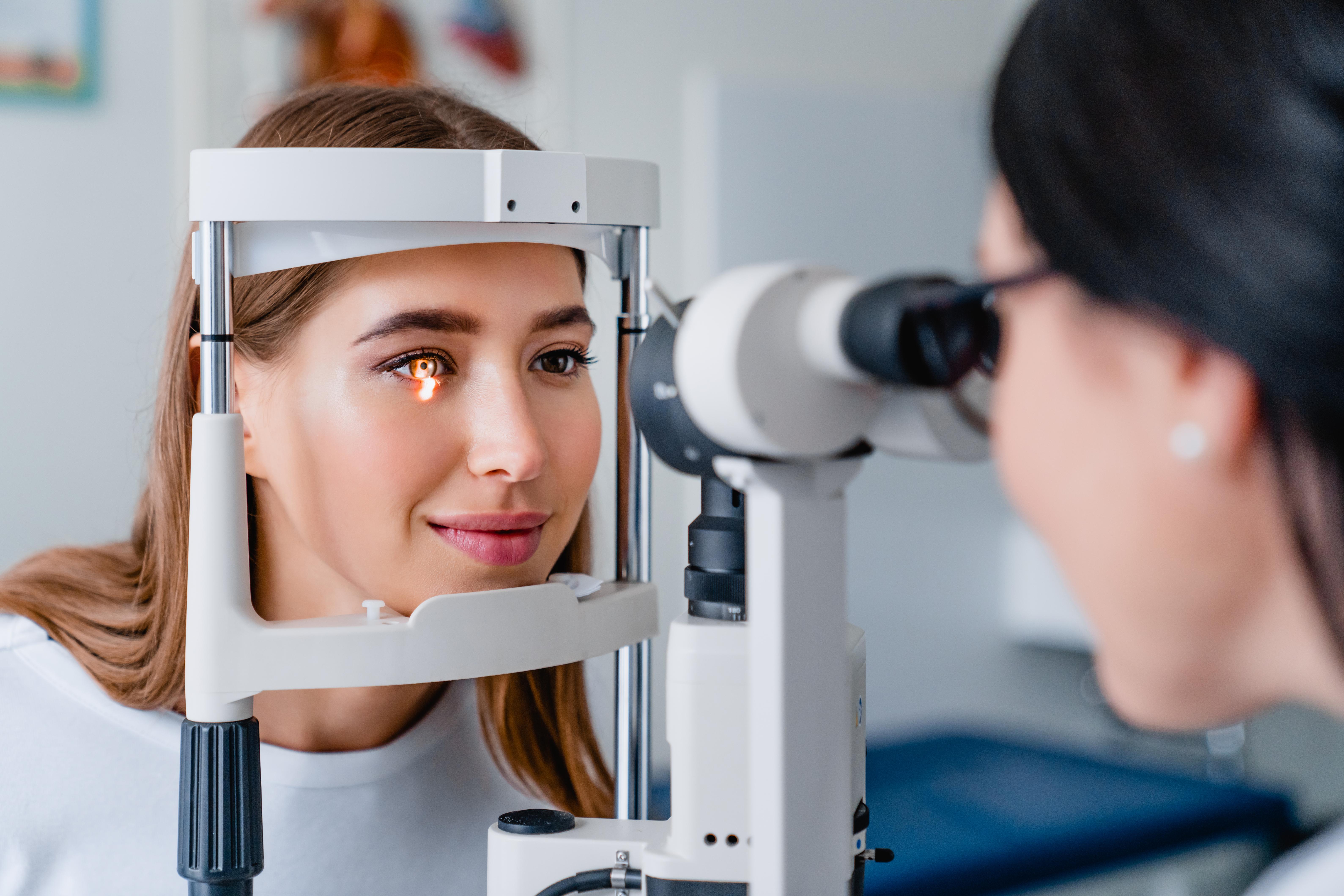Top 10 Expert Tips to Spot the Difference Between a Stye and a Chalazion
Causes and Risk Factors

Both styes and chalazia have distinct causes and risk factors, which are essential for accurate identification and prevention. Styes are primarily caused by bacterial infections, often stemming from the Staphylococcus bacteria. Poor eyelid hygiene, touching the eyes with unclean hands, and using expired makeup can increase the risk of developing a stye. In contrast, chalazia occur due to a blockage in the oil-producing meibomian glands, often linked to skin conditions like rosacea or seborrheic dermatitis. Individuals with chronic blepharitis or those who frequently experience eyelid inflammation are more prone to chalazia. Recognizing these causes and risk factors can help in predicting and preventing these conditions, providing a proactive approach to eye health.
Visual Examination Techniques

A visual examination is a practical approach to distinguishing between a stye and a chalazion. When examining the eyelid, note the location of the bump. Styes usually form at the edge of the eyelid, near the eyelashes, due to their origin in the glands of Zeis or Moll. In contrast, chalazia are more commonly found on the inner side of the eyelid, where the meibomian glands reside. Additionally, observe the appearance of the bump. A stye often looks like a red, swollen pimple, while a chalazion appears as a larger, more uniform lump. Using a magnifying mirror or a smartphone camera can aid in a more detailed examination, providing further clues to the nature of the eyelid issue.
